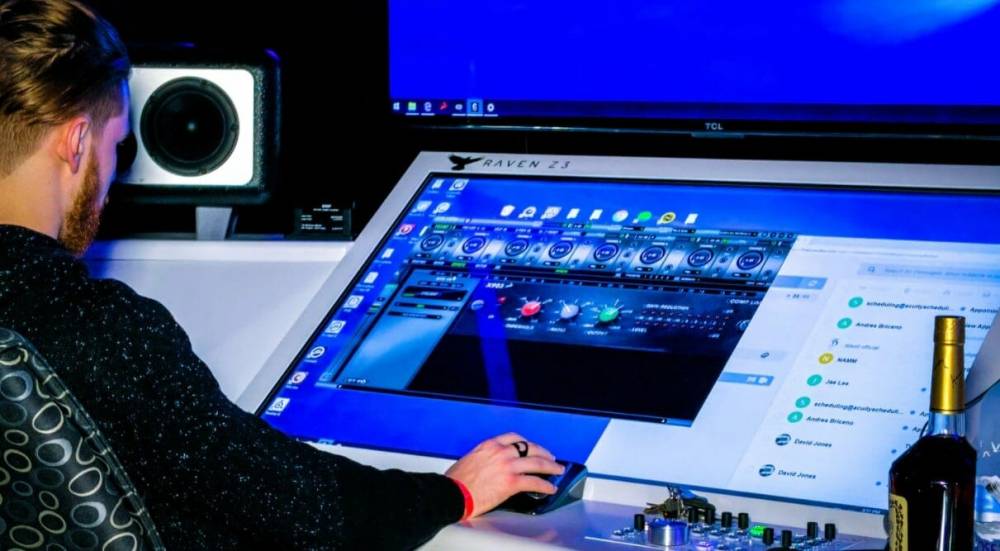
How To Fix Screen Tearing On Linux
It's possible that screen tearing can be bothersome when browsing articles or playing a game, or when doing anything else in the graphical user interface (GUI). It may impede your Linux experience to the point that you consider transferring to Windows or macOS.
A remedy to screen tearing that does not necessitate changing operating systems is available. Let’s begin the process of fixing the tearing on the Linux desktop.
What is Screen Tearing and Why Does It Happen?
Quick-scrolling or sliding windows can cause screen tearing, a graphic anomaly that appears as horizontal cracks or tears in the screen.
This can be caused by a variety of factors, the most common of which are the monitor or, if the tearing only occurs when playing video games, the display driver.
Low refresh rate monitors commonly struggle to manage high FPS gaming action, resulting in screen tearing or abnormalities.
To determine if your display driver or compositor is to blame for any screen tearing you're seeing when doing everyday tasks like watching videos, scrolling through feeds, or dragging apps around the screen, we can use some diagnostic tools.
1. Configure the Compositor's Settings
Screen tearing can be eliminated in any desktop environment by changing the compositor settings. If you're a novice user, a compositor is a piece of software that enhances the user experience by sprucing up the graphics and offering additional capabilities.
Compositors include an option to enable V-Sync and other anti-tearing techniques. Look for an option called "VSync" or "Tearing Prevention Mode" in your compositor's Settings. Restart your Linux desktop to activate it. There should be no more screen tearing when the improvements are made!
Installing a compositor is recommended if your system doesn't already have one, as it's both functional and visually pleasing to the eye.
2. Tweak NVIDIA X Server Settings
In the NVIDIA settings utility, there are composition options that help to reduce and eliminate the problem of tearing on the screen.
To fix screen tearing with NVIDIA cards, simply fire up the NVIDIA X Server Settings software. Navigate to X Server Display Configuration >Advanced.
You will find an unchecked opition- Force Full Composition Pipeline in this window. Enable it and restart your Linux desktop.
3. To Prevent Screen Tears, Configure X11 for Intel and AMD Graphics
Hardware manufacturers Intel and AMD are most suited to Linux systems. Due to the fact that they have only a few basic features, Intel integrated graphics rarely cause issues. Aside from that, working with AMD has always been a pleasure in the past.
With either of these cards, you may easily fix any stuttering you may experience. Follow these steps:
- 1.Enter the /etc/X11 directory with the cd command.
- You can use the touch command to create a new file and name it with either 20-intel.conf if you are using intel hardware or 20-amdgpu.conf if you are using an AMD card.
- The following lines should be added to the file: Intel Graphics should be used instead of AMD Graphics on Intel-integrated systems. Your Linux desktop will restart once you save the file. The screen should no longer rip as a result of this.
4. Upgrade or Roll-Back the display driver
Using an outdated display driver or an unstable update can both slow down your Linux desktop, making it difficult to accomplish even the most basic of activities.
You can save yourself a lot of time and work by simply updating or reverting to an older version of your display driver.
The Additional Drivers page of the Ubuntu Software & Updates utility can be used to check the current version of your graphics driver. For desktop environments like KDE Plasma, find the relevant program and check its driver information there.

